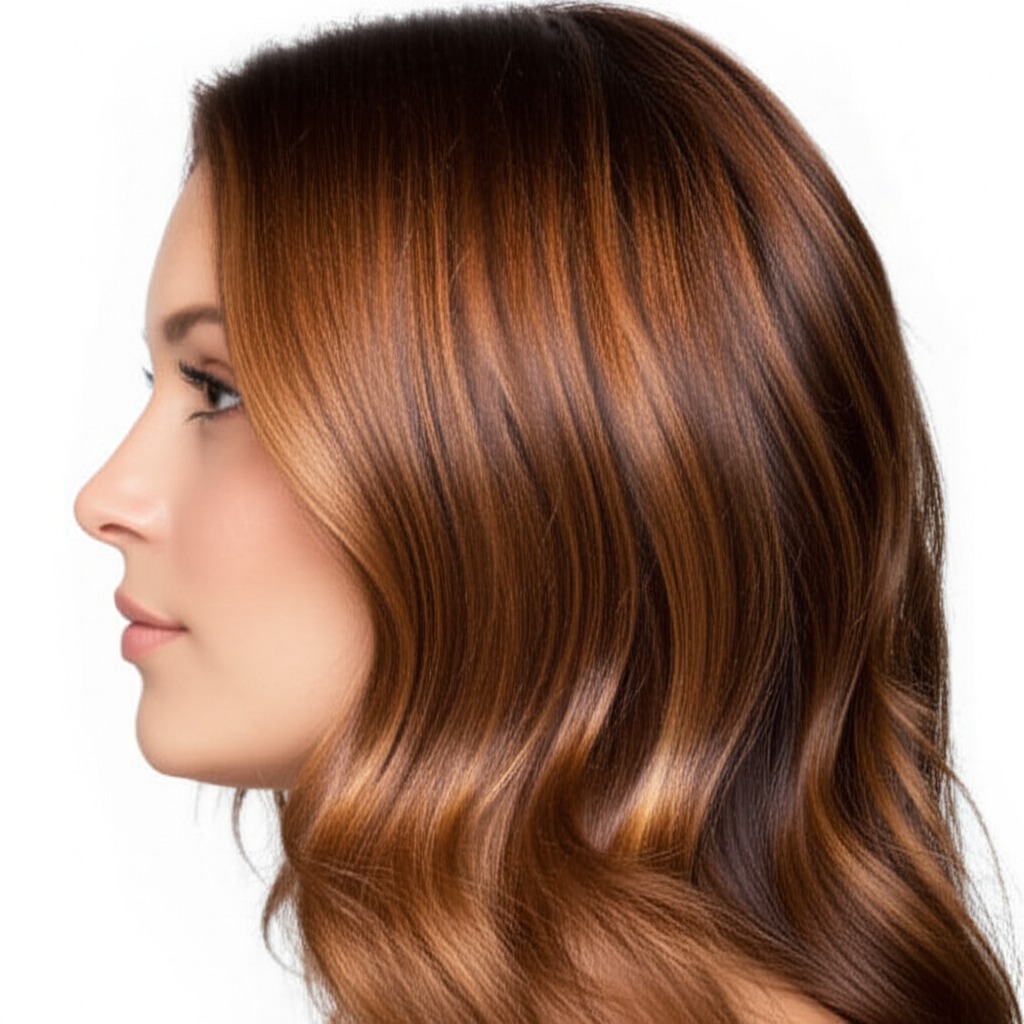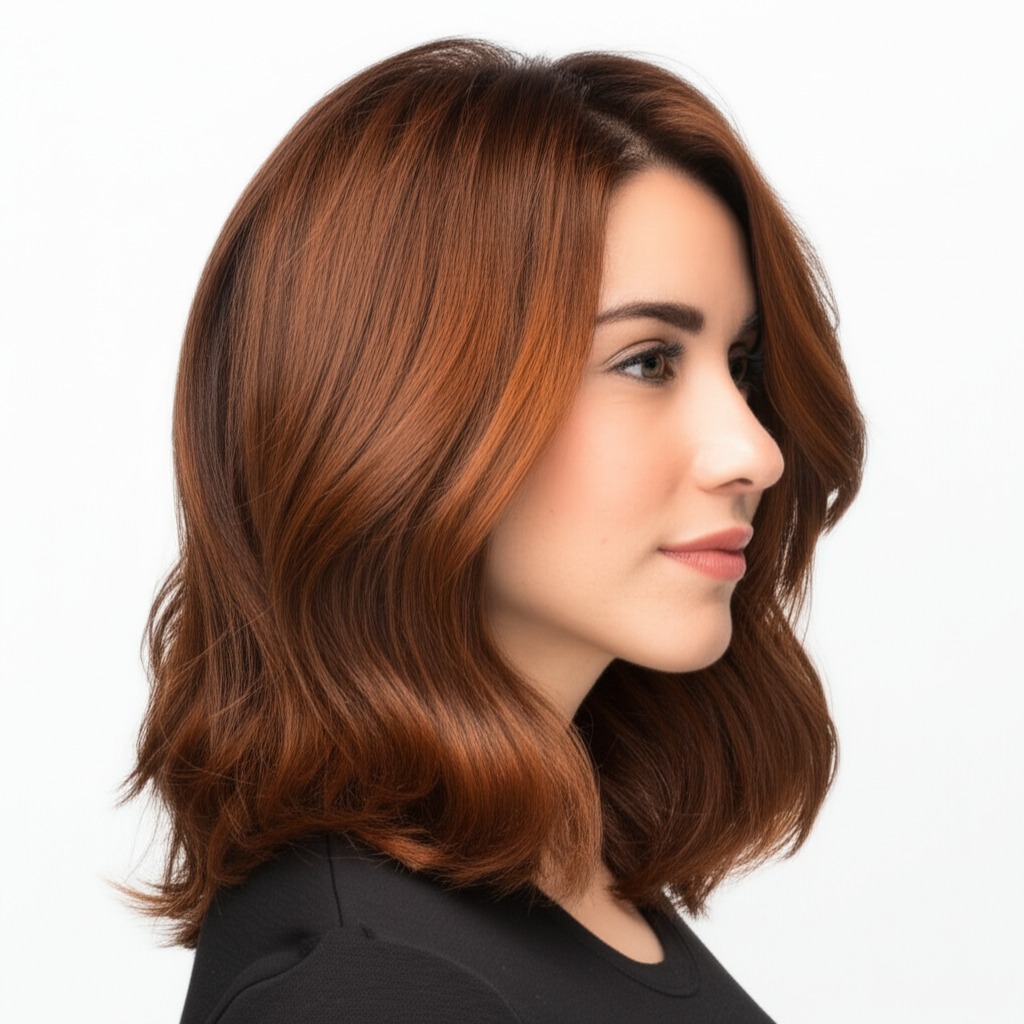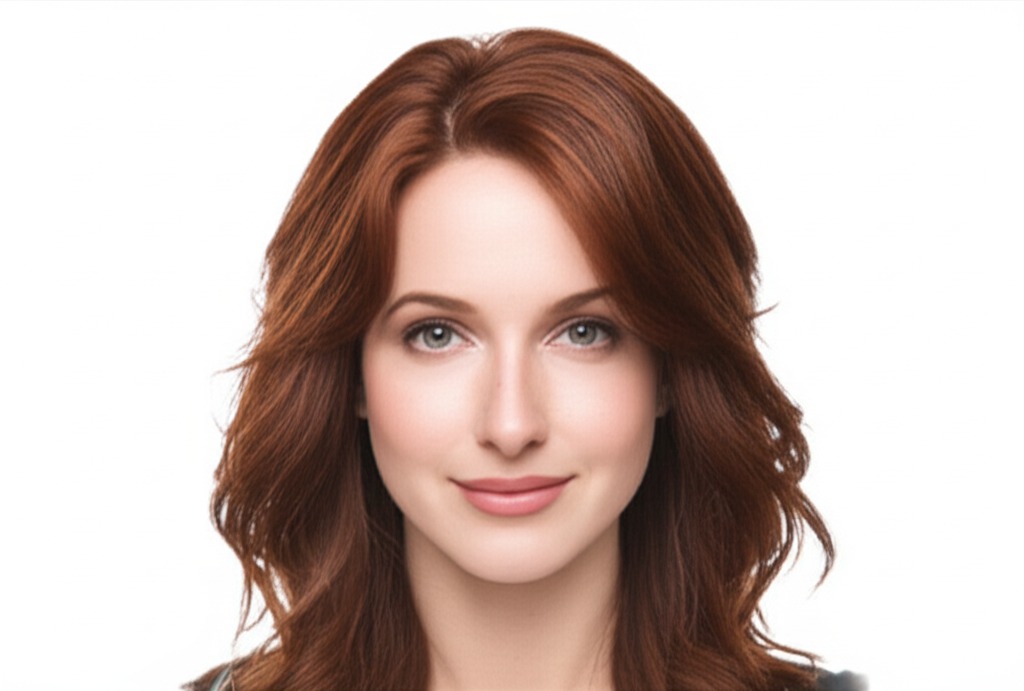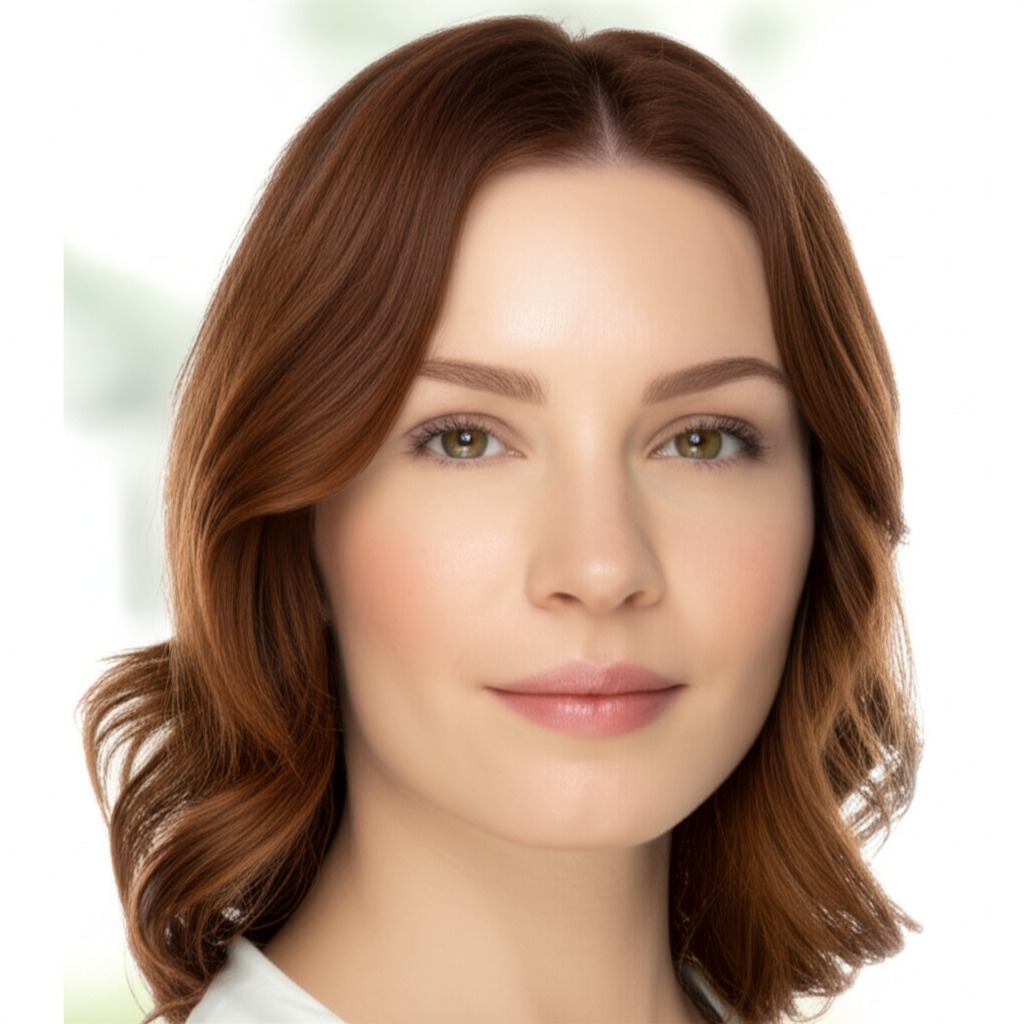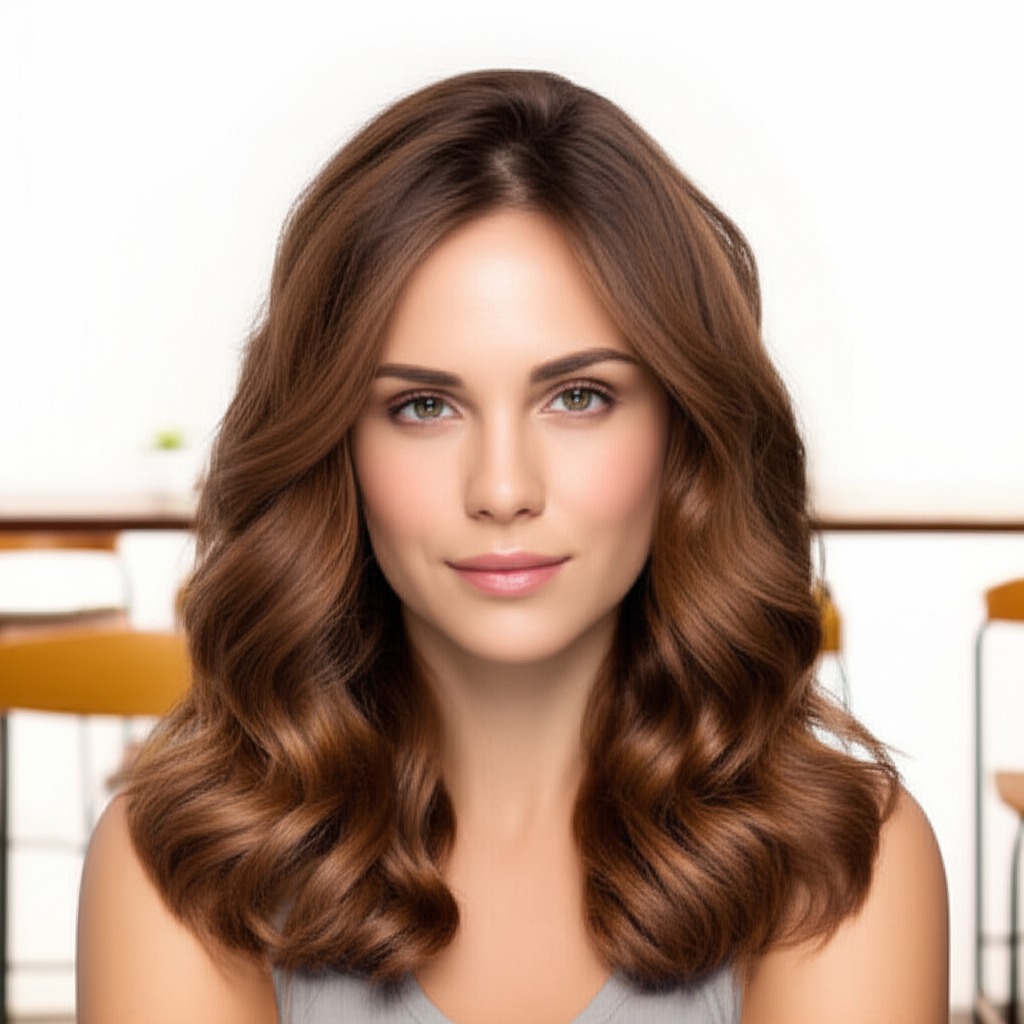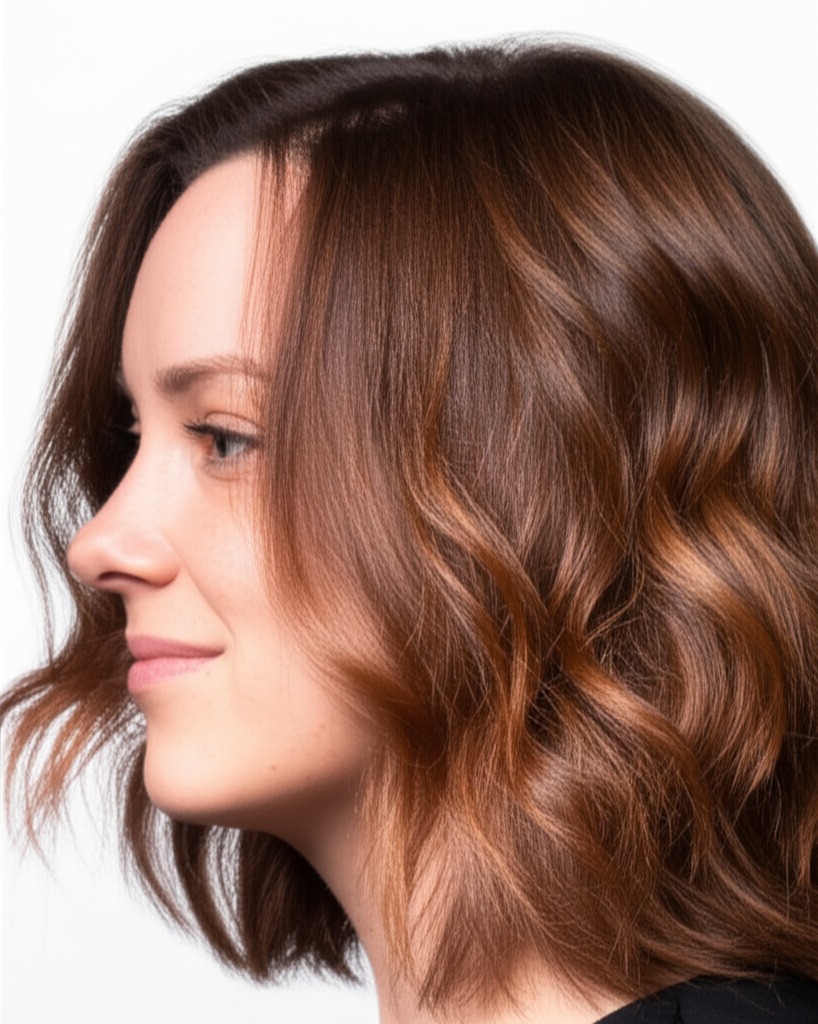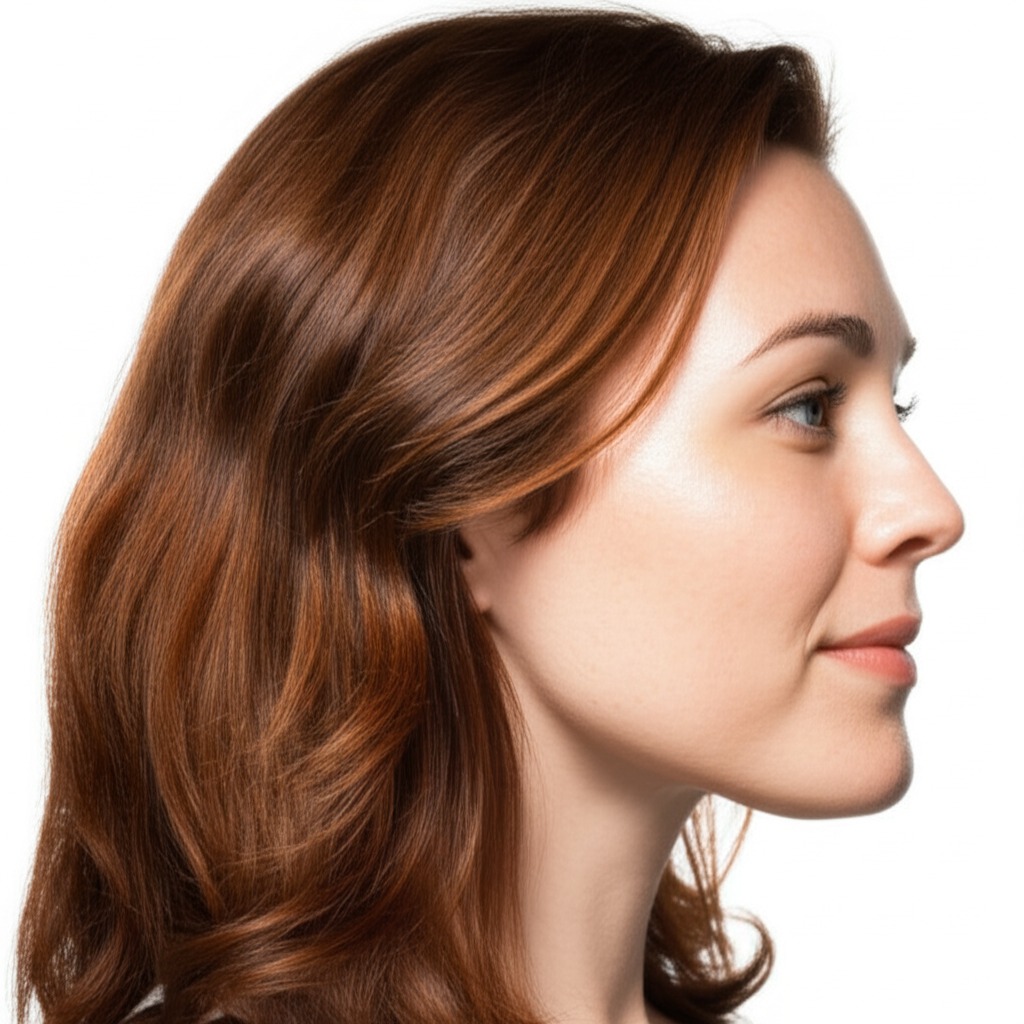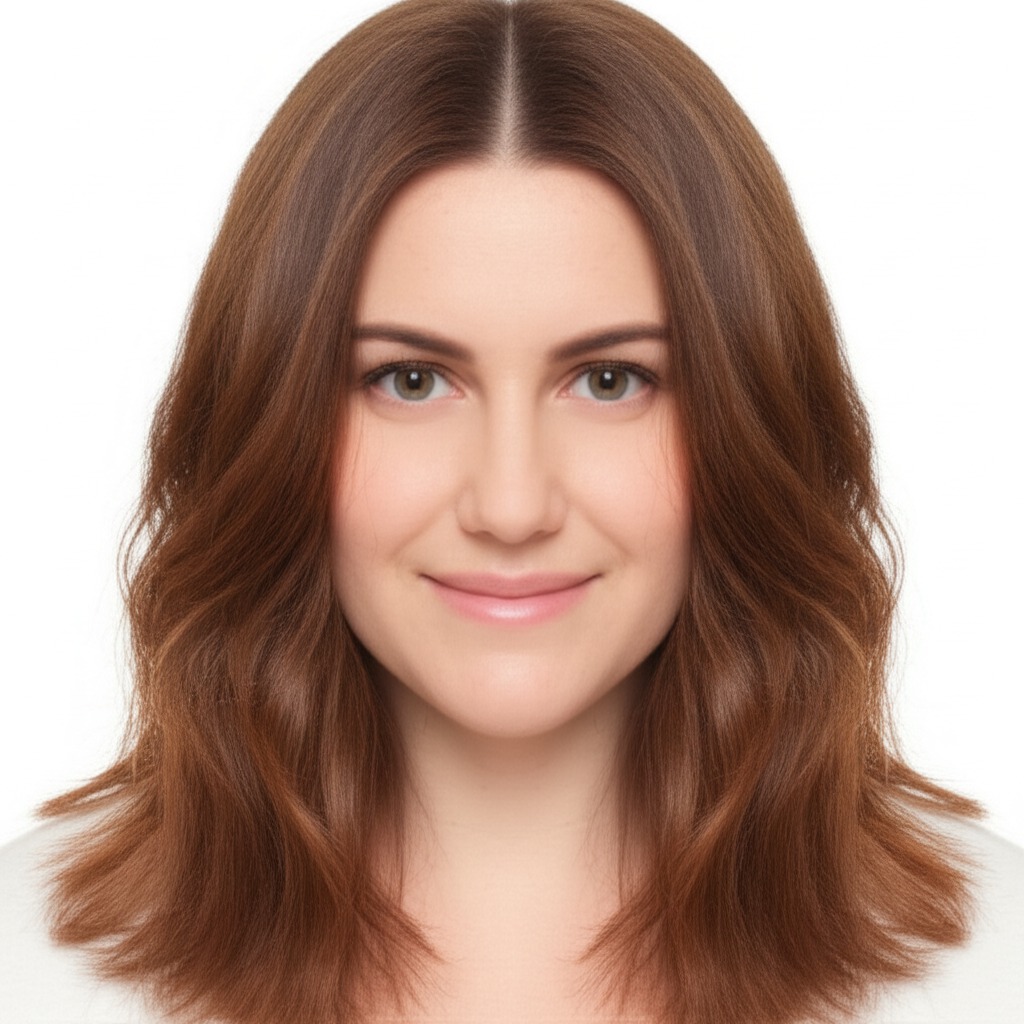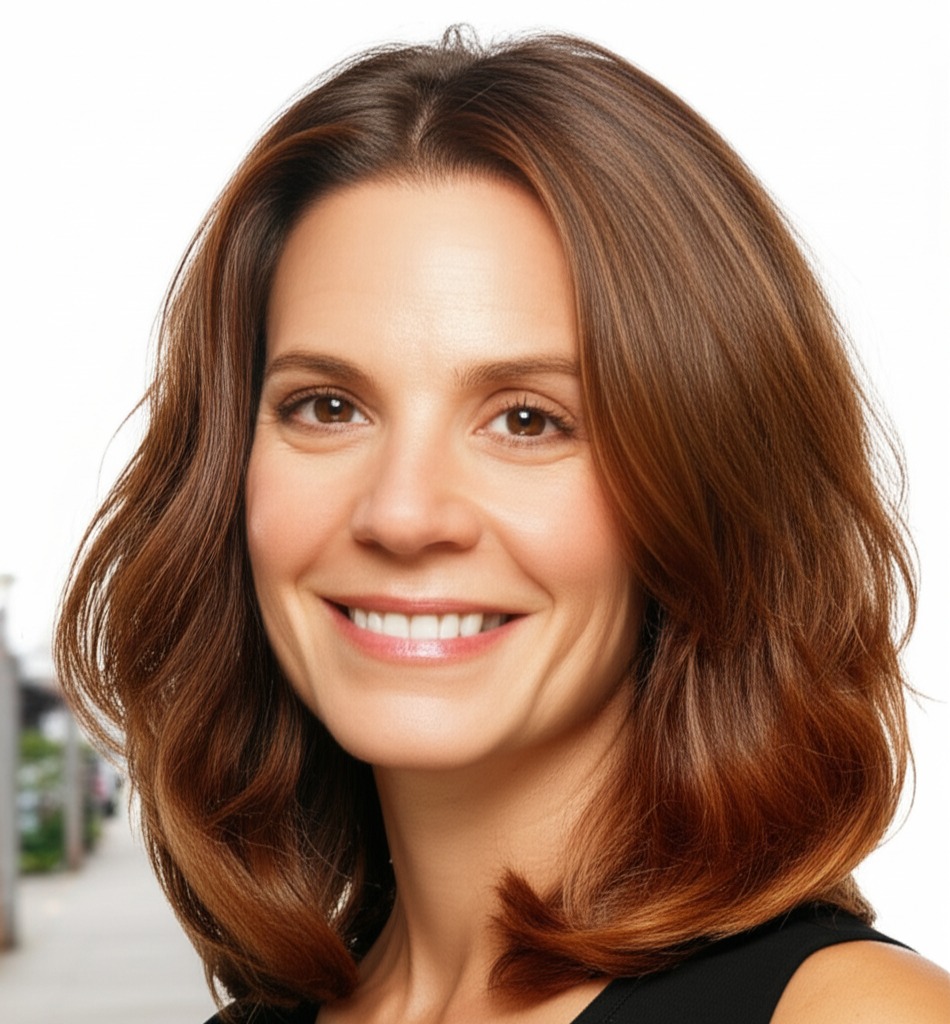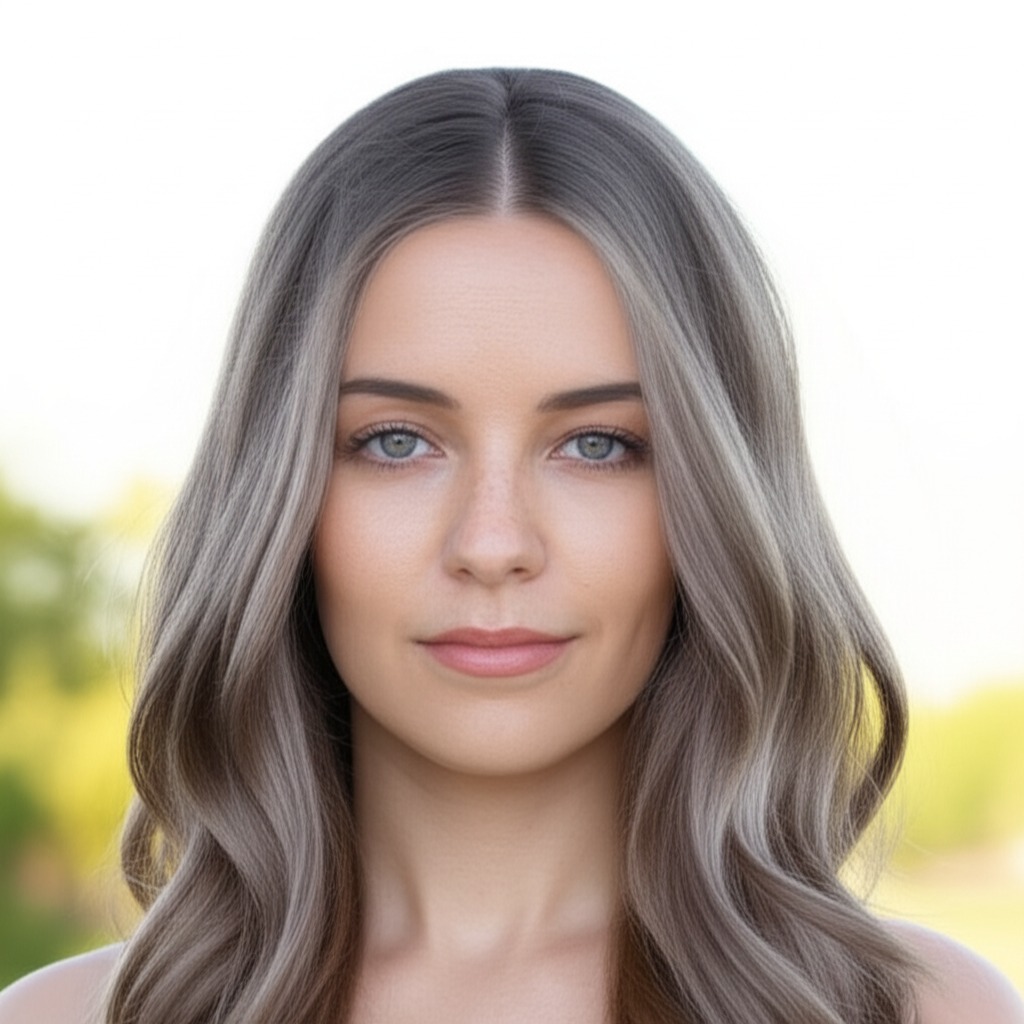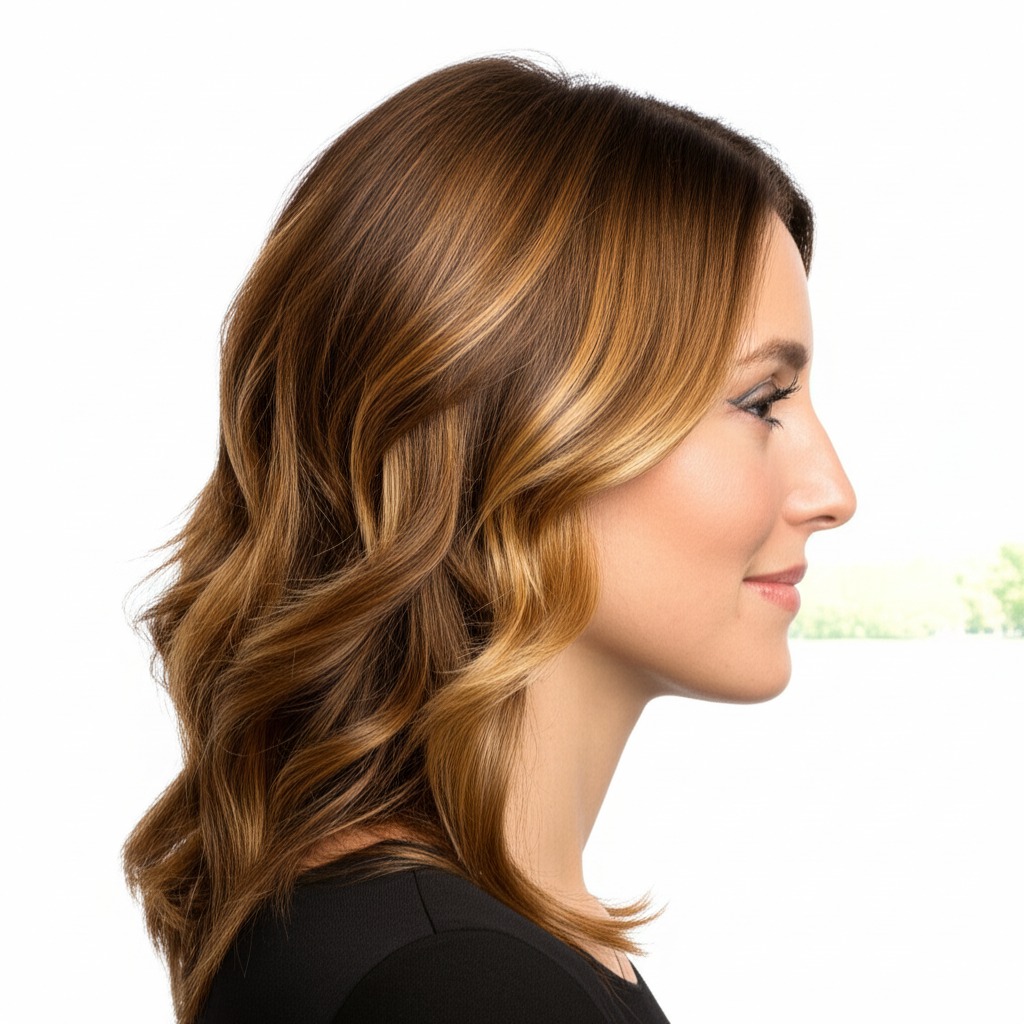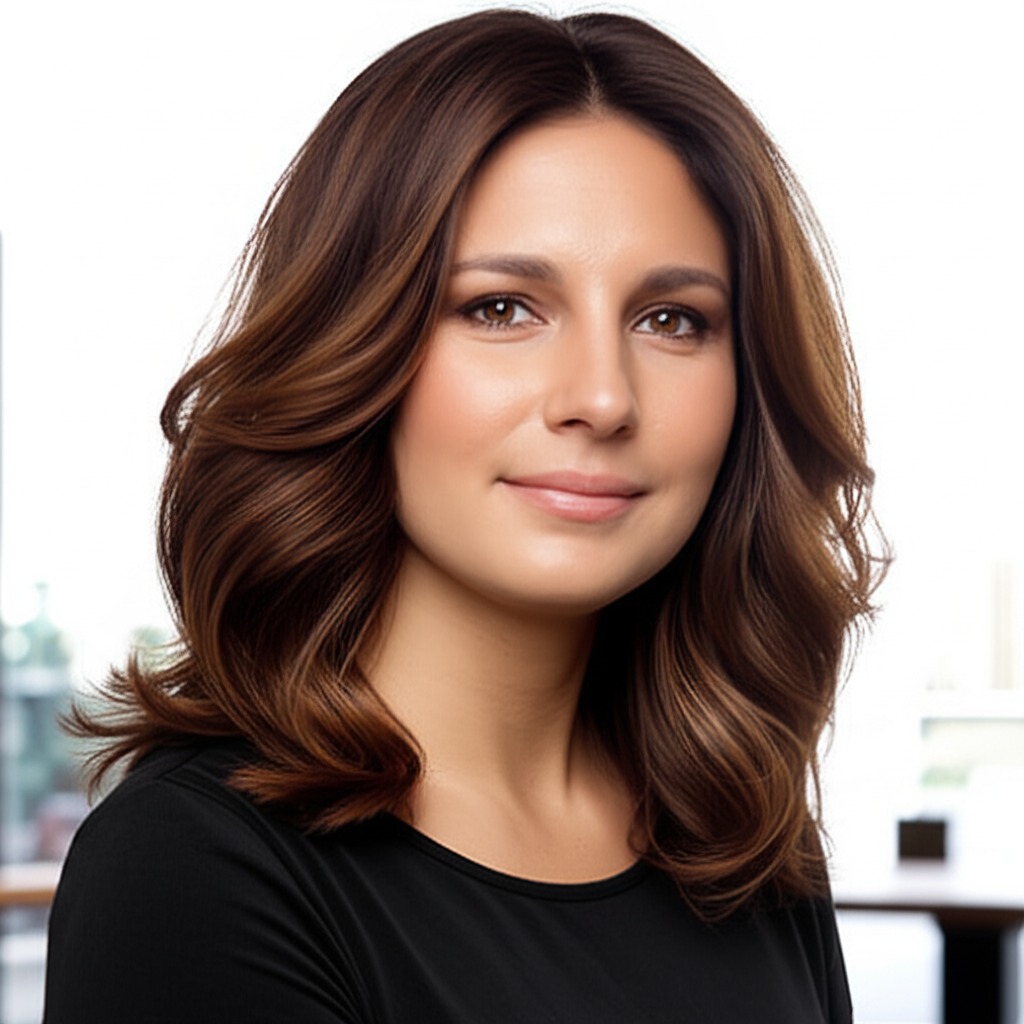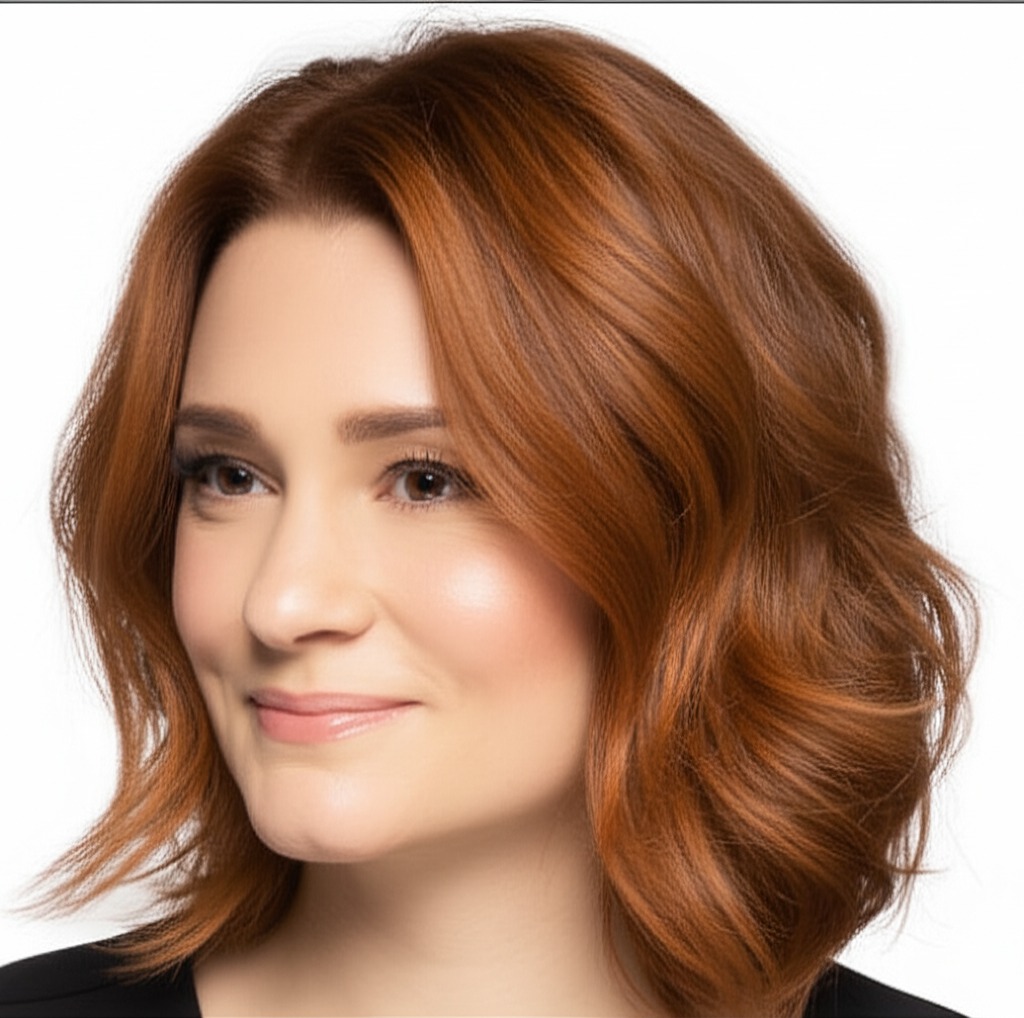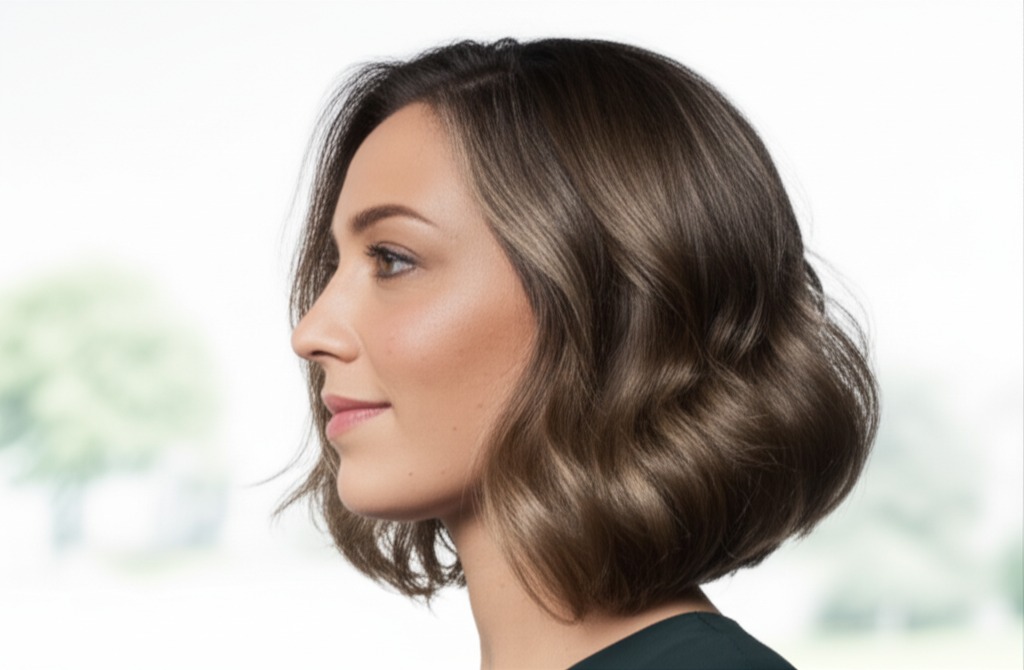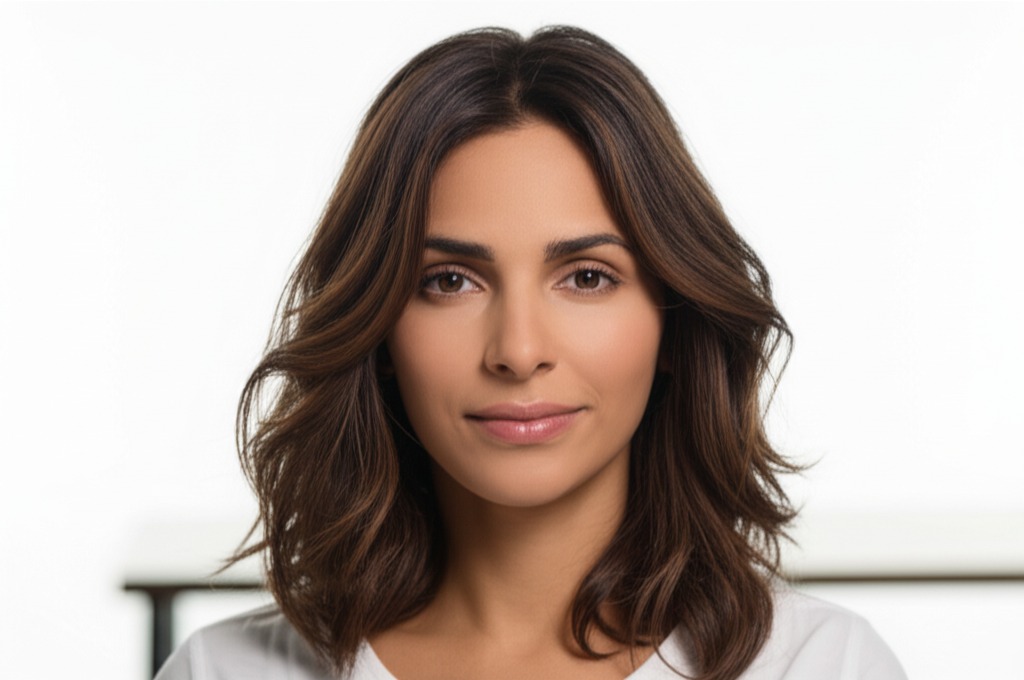#Embracing the Warmth of Chestnut Brown Hair Color
Chestnut brown is a classic hair color evoking images of cozy autumns and rich, natural beauty. It’s incredibly versatile, lending itself to both subtle enhancements and bolder transformations. But achieving your perfect chestnut look requires understanding its nuances. Let's dive into everything you need to know!
#1. Understanding the Shade: Defining Chestnut Brown
Chestnut brown isn't just one color; it’s a family of shades with varying undertones and depths. Think about the actual chestnut nut – some are reddish-brown, others more golden, still others darker and cooler. Here's how to break down what that means for your hair:
- Undertone: This is crucial.
- Warm Chestnut: Dominated by red or gold tones. It feels sunny and inviting. This is the most common interpretation of "chestnut."
- Neutral Chestnut: A balance of warm and cool undertones. These shades are incredibly adaptable and often appear more natural-looking on a wider range of skin tones.
- Cool Chestnut: Contains hints of ash or violet, making it look deeper and more muted. Less common but can be stunning with the right complexion.
- Depth (Levels): Hair color levels run from 1 (black) to 10 (lightest blonde). Chestnut browns typically fall between Levels 3-6:
- Level 3-4: Darker, richer chestnut – a significant change from naturally darker hair.
- Level 4-5: Medium chestnut - the most common and universally flattering range.
- Level 5-6: Lighter, softer chestnut – ideal for those wanting a more subtle color shift or who are starting with lighter hair.
#2. Who Does Chestnut Brown Flatter?
Choosing a hair color isn't just about liking it; it’s about whether it complements your features! Here’s a guide:
- Skin Tone & Undertone:
- Warm Skin Tones (yellow or golden undertones): Warm chestnut browns are your best friend! They enhance the natural warmth in your skin. Peach, olive, and honey-toned complexions look gorgeous with this shade.
- Neutral Skin Tones: You can generally rock any type of chestnut brown – experiment to see what you prefer! A neutral undertone offers a lot of flexibility.
- Cool Skin Tones (pink or blue undertones): Cool chestnut browns can work, but be cautious. Too much warmth can make your skin look sallow. A cooler, more muted chestnut is often best.
- Eye Color: Chestnut brown complements almost every eye color!
- Brown Eyes: Chestnut enhances the richness and depth of brown eyes.
- Blue/Green Eyes: Warm chestnuts provide a beautiful contrast, making your eyes pop. Cooler chestnuts can create an icy, striking look.
- Hazel Eyes: A warm chestnut highlights the golden flecks in hazel eyes.
- Natural Hair Level Starting Point: The darker your starting hair color, the more dramatic the change will be. Someone with level 6 (light brown) hair will achieve a softer transformation than someone with level 2 (dark brown).
#3. Technique Options: Bringing Chestnut to Life
How you apply the color significantly impacts the final result.
- Single-Process: A full, even application of color from root to tip. Best for covering grays or achieving a solid, uniform chestnut look.
- Highlights/Lowlights: Adding lighter (highlights) or darker (lowlights) strands creates dimension and depth. Golden highlights work beautifully with warm chestnuts; ash lowlights can add coolness.
- Babylights: Very fine, subtle highlights that mimic the natural sun-kissed effect of childhood hair. A soft way to brighten your overall tone.
- Gloss/Toner: Used after coloring to refine the shade and boost shine. A gloss can deepen a chestnut or add warmth; a toner can neutralize brassiness or cool down the color.
- Balayage-Effect vs Solid: Balayage creates soft, blended highlights that look more natural than traditional foil highlighting. A solid application provides even coverage but less dimension.
#4. Maintenance & Longevity: Planning for Success
Chestnut brown requires upkeep to maintain its vibrancy and prevent fading.
- Wash Frequency: 2-3 times per week is generally sufficient, using color-safe shampoo (more on that later).
- Toner Refresh: Warm chestnuts often require toner refreshes every 6-8 weeks to keep the golden tones vibrant. Cooler chestnuts may need less frequent toning.
- Root Growth Pacing: Consider how quickly your natural roots grow out and plan accordingly. Balayage techniques allow for a more gradual transition at the root line.
- Budget/Time Planning: A single-process color can cost $75-$150+ (depending on location & salon). Highlights or balayage will be significantly more expensive ($150 - $400+), and take longer (2-4 hours). Toner refreshes are quicker, usually 30-60 minutes and costing around $50.
#5. Seasonality & Pairing with Cuts: Adapting Your Look
Chestnut brown is adaptable to various styles and seasons!
- Bob: A classic bob looks chic with a warm chestnut, especially when paired with soft layers.
- Lob (Long Bob): A lob allows for more movement and dimension; balayage highlights really shine in this cut.
- Long Layers: Creates volume and flow – perfect for showcasing the richness of chestnut brown.
- Pixie Cut: A bold pixie can be softened with a warm, honey-toned chestnut.
- Seasonal Tweaks: In fall/winter, embrace deeper, richer chestnuts. In spring/summer, opt for lighter, brighter versions with golden highlights.
- Event Picks: For work, a more natural and understated chestnut is ideal. Evening events call for bolder, glossier shades. Weddings? Consider adding subtle champagne or caramel highlights to enhance your glow!
#6. At-Home Care: Protecting Your Investment
Proper care extends the life of your color.
- Sulfate-Free Shampoo: Sulfates strip hair of its natural oils and fade color quickly.
- Clarifying Cadence: Use a clarifying shampoo occasionally (once every 4-6 weeks) to remove buildup, but don't overdo it!
- Heat Protection: Always use a heat protectant spray before using styling tools like straighteners or curling irons.
- Color-Safe Styling Tips: Avoid harsh chemicals and excessive sun exposure. Rinse hair with cool water after washing – this seals the cuticle and locks in color.
- Product Checklist: Color-safe shampoo & conditioner, deep conditioning mask (weekly), heat protectant spray, leave-in conditioner.
#7. Common Pitfalls: Avoiding Disasters
Let’s prevent these issues!
- Brassiness: Warm chestnut can develop brassy tones over time due to mineral buildup in water and sun exposure. Use a purple shampoo/mask occasionally (follow product instructions carefully!).
- Banding: Uneven color application, often seen with single-process coloring on previously colored hair. A skilled stylist is key!
- Patchiness: Insufficient saturation of the hair during coloring can lead to patchy results. Proper pre-color assessment and even application are essential.
#8. Pros & Cons: Weighing Your Options
Pros: Versatile, flattering for many skin tones, classic appeal, relatively easy to maintain (depending on technique). Cons: Requires regular toning (for warm shades), potential for brassiness, fade risk if not properly cared for.
#9. Salon Consultation Script: Setting Expectations
Before your appointment, prepare with these questions/points:
- "I'm interested in a chestnut brown color. Can you show me examples of different undertones and depths?"
- “What level are my roots currently? What is the best technique to achieve this color change?”
- "My skin tone is [describe your skin tone]. Which shade of chestnut would be most flattering?"
- "How often will I need to come in for toner refreshes?"
- "Can you explain how to maintain the color at home and prevent brassiness?"
- “What products do you recommend?”
#10. FAQs: Your Burning Questions Answered
- Can I go from black hair to chestnut brown? Yes, but it will require multiple sessions and potentially a color remover to lift out the existing pigment. Be prepared for significant processing time and potential damage.
- Will my chestnut brown look different in sunlight? Absolutely! The warmth of the sun will enhance the golden tones, making it appear brighter.
- How long does chestnut brown last? The color itself can last 6-8 weeks before needing a root touch-up; toner typically lasts 4-6 weeks.
- Can I do this at home? It’s possible for simpler techniques like single process coloring, but highlights and balayage are best left to professionals.
- What if my chestnut brown turns too orange? Use a purple shampoo or toner to neutralize the warmth.
- Is it damaging to my hair? Any chemical color process can cause some damage. Proper care and professional application minimize this risk.
With careful planning, expert execution, and dedicated aftercare, you can embrace the beauty of chestnut brown and enjoy a gorgeous, head-turning look!
